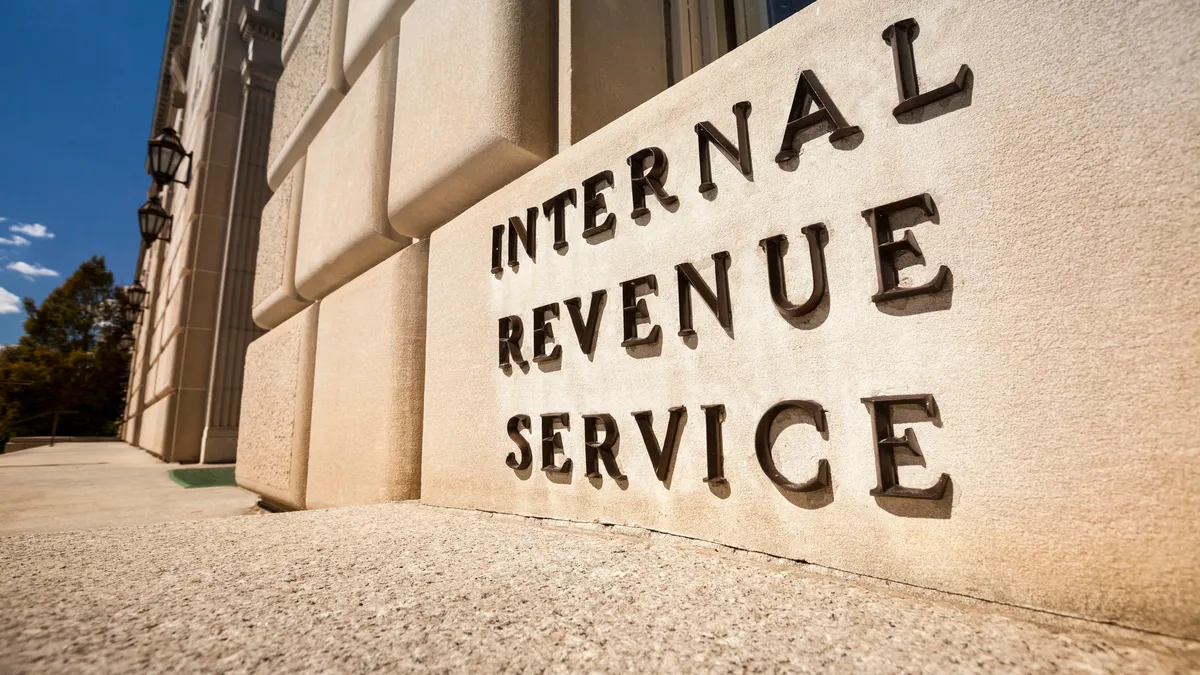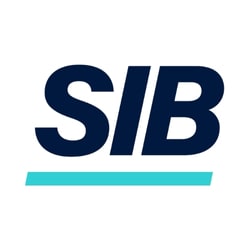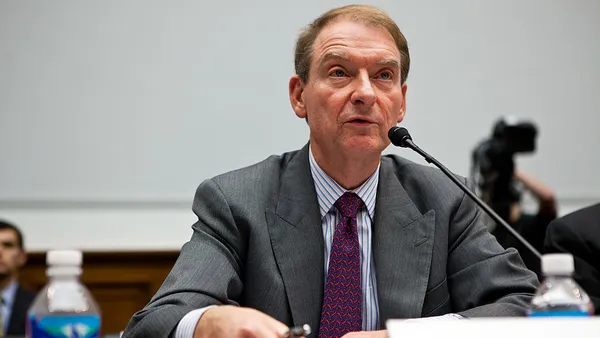When Apple issued $5.5 billion in bonds in mid-August, it was just the latest big company to take advantage of low interest rates to raise capital to buy back stock and pay dividends. Google, Amazon and other tech giants were in the bond market last month for that reason, too.
Apple issued four sets of bonds, with the longest maturity bond, at 40 years, yielding 118 basis points over Treasuries, making it an extremely cost-effective capital raise. At spreads of 108 and 130 basis points over Treasuries, respectively, Google and Amazon also benefited from similarly low rates.
Quest for capital
Outside of Silicon Valley, though, the rush to sell bonds is for far more workaday reasons.
Many companies tapped their revolving credit facilities in the spring to ensure they had cash to get through the pandemic. Now they're issuing bonds to raise capital to replenish those lines and keep money available to counter any economic headwinds that might be before them.
"When the pandemic hit, we drew down the facilities immediately to have that cash on the balance sheet," David O'Reilly, CFO of Dallas-based real estate company Howard Hughes, told The Wall Street Journal. "The importance of cash was at an all-time high."
Reilly's company raised $750 million in bond sales last month, and is using some of it to pay down the $161 million it borrowed from its credit line.
Information storage and security company Iron Mountain sold $3.5 billion in bonds last month at a 4.5% interest rate. The company is using the money to pay down previous bond debt as well as the revolving credit facility it tapped in the spring, its CFO, Barry Hytinen, told the Journal.
In all, companies raised more than $900 billion between April and August, more than double what they raised in the same period last year, according to Dealogic data reported by the Journal.
Although bond raises are often more expensive than credit lines, the capital raised is far more flexible; credit lines can come with restrictive covenants that impose performance milestones and other burdens on companies as they tap the funds.
Demand surge
The Federal Reserve's actions at the outset of the pandemic helped fuel the surge. The agency launched a number of funding, credit, liquidity, and loan facilities to encourage companies to access the capital markets. In two of the facilities alone, a primary and a secondary market corporate credit facility, the Fed committed to buying $750 billion in bonds.
So far, demand for the facilities has been small. The primary and secondary market facilities have cost the Fed only a few billion dollars, and the program is set to expire soon. But the facilities helped spur the market by boosting confidence, which was the Fed's main goal.
"The mere announcement of future spending heartened investors," David Dayen wrote in The Intercept.
But some analysts wonder whether the bond boom is seeding future problems, to the extent the relatively easy access to capital could dampen companies' motivation to make changes that would help them over the long-term.
Ed Yardeni, founder of Yardeni Research, told CNBC the Fed's easy-money approach could end up doing more harm than good. "The Fed is stoking moral hazard," he said.
The concern is mainly over so-called zombie companies — companies facing problems regardless of the pandemic who need Fed incentives to attract investors.
But for healthier companies, the demand for bonds spurred by the Fed is helping them replace cumbersome debt with more flexible capital. That leaves them well-positioned as the pandemic continues and once it ends.














